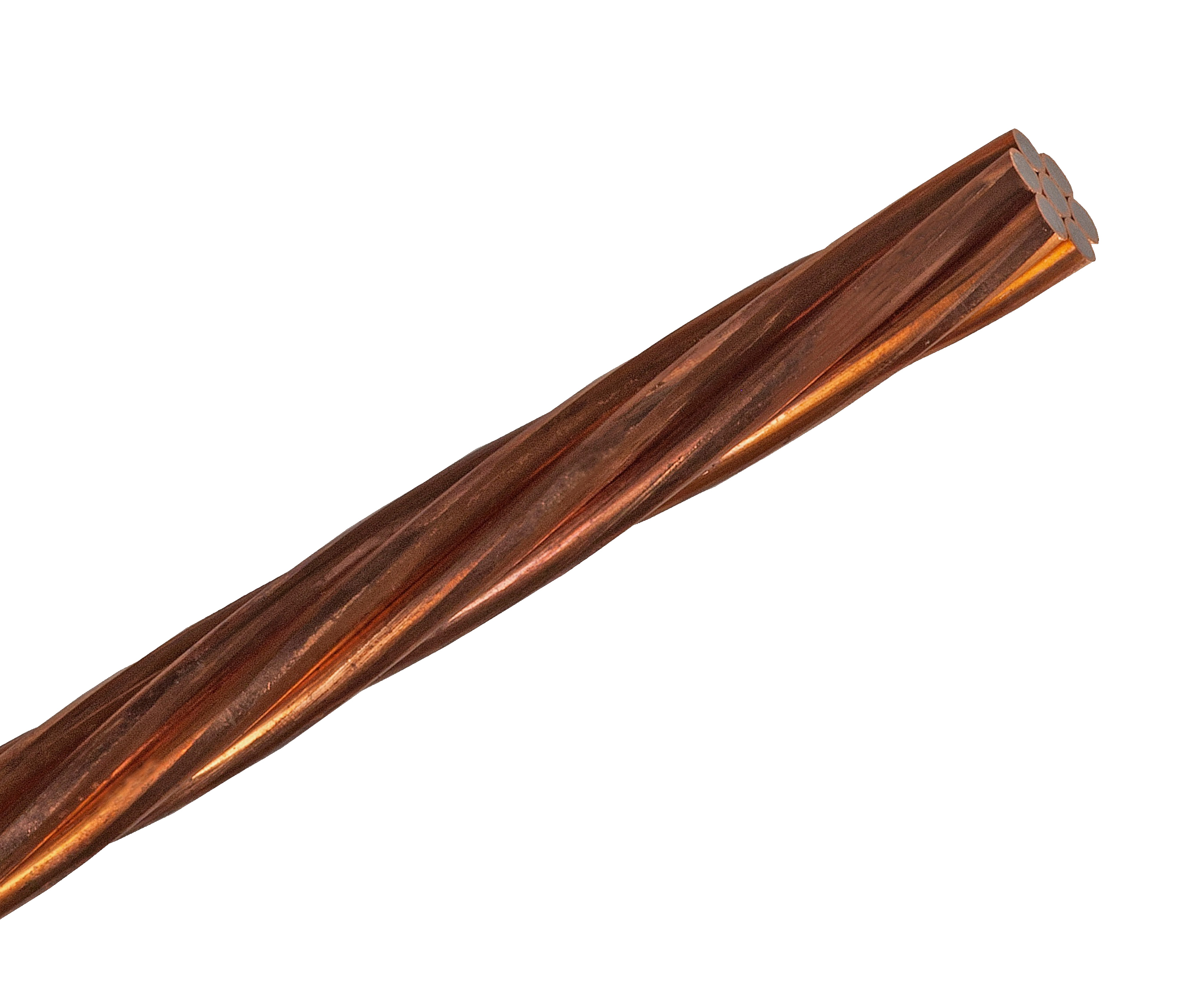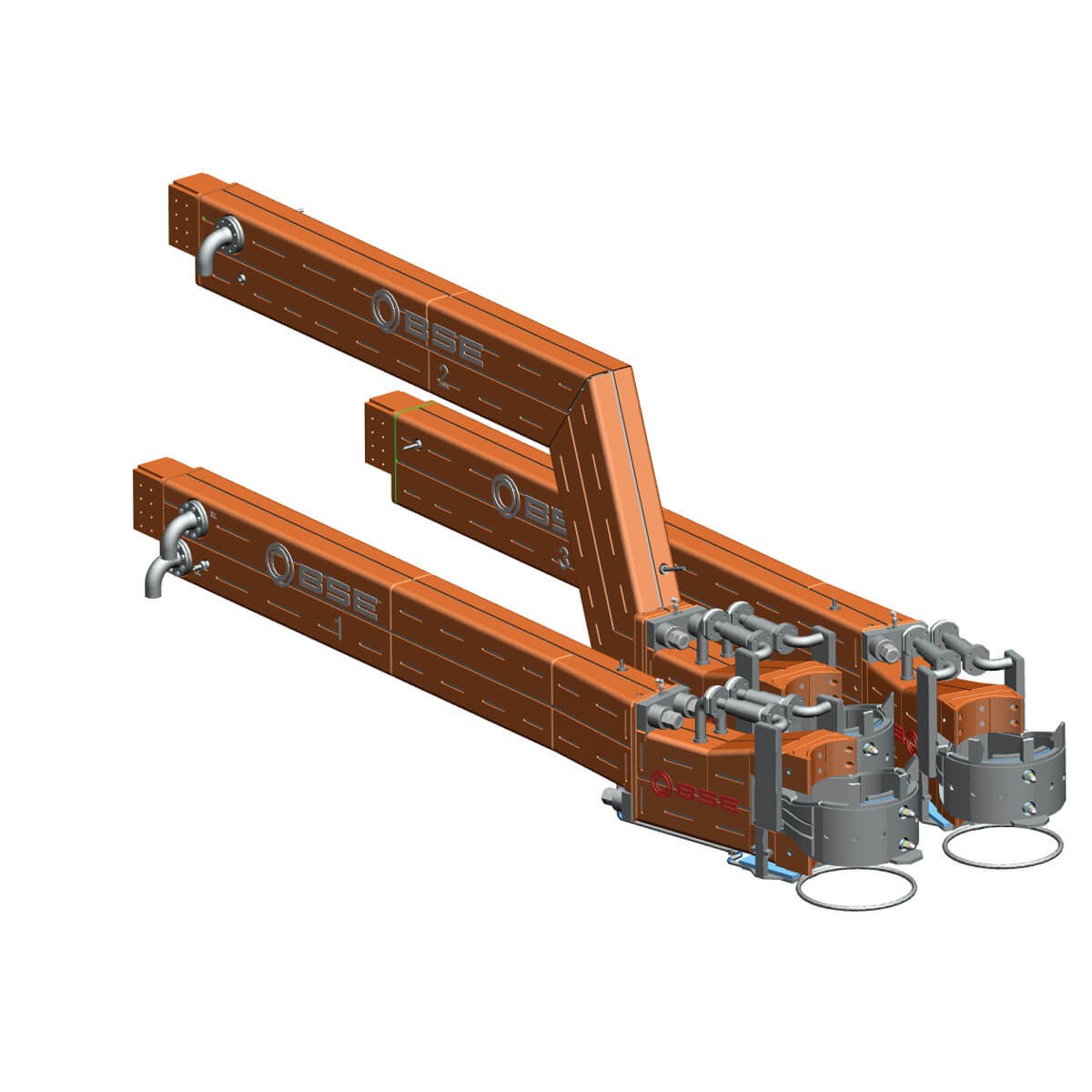Exploring The Versatility And Strength Of Copper And Steel
Copper and steel are two of the most widely used materials in modern industries, prized for their unique properties and versatility. From construction to electronics, these metals play an indispensable role in shaping the world around us. Copper, known for its excellent conductivity and corrosion resistance, is a staple in electrical wiring and plumbing systems. Steel, on the other hand, is celebrated for its strength and durability, making it ideal for structural frameworks and machinery. Together, copper and steel form the backbone of countless applications, ensuring safety, efficiency, and innovation.
Despite their differences, copper and steel share a common trait: their ability to adapt to various needs and environments. Copper’s malleability and thermal properties make it indispensable in heat exchangers and cookware, while steel’s alloying capabilities allow it to be customized for specific purposes, such as stainless steel for corrosion resistance. These metals have stood the test of time, proving their worth in both traditional and cutting-edge industries. Their widespread use is a testament to their reliability and performance.
Whether you're an engineer, a DIY enthusiast, or simply someone curious about materials science, understanding the roles of copper and steel can open up new possibilities. These metals are not just commodities; they are solutions to real-world challenges. From skyscrapers to smartphones, copper and steel are integral to the technologies and structures that define modern life. Their applications are as diverse as they are essential, making them a fascinating subject for exploration.
Read also:Merritt And Style A Comprehensive Guide To Elegance And Sophistication
Table of Contents
- Why Are Copper and Steel So Important?
- What Are the Key Properties of Copper and Steel?
- How Are Copper and Steel Used in Construction?
- What Makes Copper Ideal for Electrical Applications?
- Why Is Steel Preferred in Manufacturing?
- The Role of Copper and Steel in Sustainability
- How Do Copper and Steel Contribute to Modern Innovation?
- What Are the Challenges in Using Copper and Steel?
- How Can You Choose Between Copper and Steel for Your Project?
- Frequently Asked Questions About Copper and Steel
Why Are Copper and Steel So Important?
Copper and steel are foundational materials in countless industries, and their importance cannot be overstated. Copper’s unparalleled conductivity makes it essential for electrical systems, while steel’s strength and versatility make it a go-to material for construction and manufacturing. Together, these metals have revolutionized the way we build, communicate, and innovate.
One reason for their prominence is their ability to meet diverse needs. For instance, copper’s antimicrobial properties make it ideal for healthcare settings, while steel’s resistance to extreme conditions ensures its use in aerospace and automotive industries. The adaptability of copper and steel ensures their continued relevance in a rapidly evolving world.
What Are the Key Properties of Copper and Steel?
Understanding the properties of copper and steel is crucial to appreciating their widespread use. Copper is highly conductive, both thermally and electrically, making it indispensable in electronics and telecommunications. It is also corrosion-resistant, which extends its lifespan in plumbing and marine applications.
Steel, on the other hand, is an alloy of iron and carbon, known for its incredible strength and durability. It can be engineered to have specific properties, such as increased flexibility or resistance to rust. These characteristics make steel a versatile choice for everything from bridges to kitchen utensils.
How Are Copper and Steel Used in Construction?
In the construction industry, copper and steel are indispensable. Copper is often used for roofing and gutter systems due to its longevity and resistance to corrosion. Steel, meanwhile, is the backbone of structural frameworks, providing the strength needed to support skyscrapers and bridges.
Beyond their structural roles, these metals are also used in interior design. Copper accents add a touch of elegance to modern homes, while steel’s sleek appearance is perfect for contemporary furniture and fixtures.
Read also:Discover The Inspiring Journey Of Lily B Chapman
What Makes Copper Ideal for Electrical Applications?
Copper’s high electrical conductivity is unmatched, making it the preferred material for wiring and circuitry. Its ability to efficiently transfer electricity with minimal energy loss ensures the reliability of electrical systems in homes, offices, and industrial settings.
Additionally, copper’s thermal conductivity makes it ideal for heat sinks and cooling systems in electronics. This dual capability of conducting both electricity and heat makes copper a cornerstone of modern technology.
Why Is Steel Preferred in Manufacturing?
Steel’s versatility and strength make it a favorite in manufacturing. It can be molded into various shapes and sizes, making it suitable for everything from automotive parts to household appliances. Its durability ensures that products made from steel have a long lifespan, reducing the need for frequent replacements.
Moreover, steel’s recyclability adds to its appeal. The ability to recycle steel without losing its properties makes it an environmentally friendly choice, aligning with the growing demand for sustainable materials.
The Role of Copper and Steel in Sustainability
As the world shifts toward sustainability, copper and steel are playing pivotal roles. Copper’s efficiency in energy transmission reduces power losses, contributing to energy conservation. Steel’s recyclability reduces the need for virgin materials, minimizing environmental impact.
Both metals are integral to renewable energy technologies. Copper is used in wind turbines and solar panels, while steel is essential for constructing wind towers and hydroelectric dams. Their contributions to green technologies underscore their importance in building a sustainable future.
How Do Copper and Steel Contribute to Modern Innovation?
Copper and steel are at the heart of modern innovation. From electric vehicles to smart homes, these metals enable advancements that improve our quality of life. Copper’s role in battery technology and charging infrastructure is critical for the rise of electric vehicles.
Steel’s strength and adaptability make it indispensable in robotics and automation. Its use in machinery and tools ensures precision and efficiency, driving progress in industries ranging from healthcare to agriculture.
What Are the Challenges in Using Copper and Steel?
Despite their advantages, copper and steel are not without challenges. Copper’s high demand has led to price volatility, making it expensive for some applications. Steel, while durable, can be prone to rust if not properly treated or alloyed.
Addressing these challenges requires innovation in material science. Researchers are exploring new alloys and coatings to enhance the properties of these metals, ensuring their continued relevance in a competitive market.
How Can You Choose Between Copper and Steel for Your Project?
Selecting between copper and steel depends on the specific requirements of your project. Consider factors such as conductivity, strength, and environmental conditions. For electrical applications, copper is often the better choice, while steel is ideal for structural needs.
Consulting with material experts can provide valuable insights into the best options for your project. Understanding the unique properties of copper and steel will help you make informed decisions that balance performance and cost.
Frequently Asked Questions About Copper and Steel
Here are some common questions about copper and steel:
- What are the main differences between copper and steel?
- Is copper more expensive than steel?
- Can copper and steel be recycled?
- What industries rely most on copper and steel?
By addressing these questions, we can deepen our understanding of these remarkable materials and their impact on our lives.
Our Army Adventure: A Journey Of Courage, Camaraderie, And Growth
Lizz Beltran Trans: A Comprehensive Look At The Inspiring Journey
Rachel Dunn Now: Unveiling The Journey Of A Remarkable Personality

Copper Clad Steel Wire On American Wire Group

Electrode Arms (Copper Steel) Badische Stahl Engineering